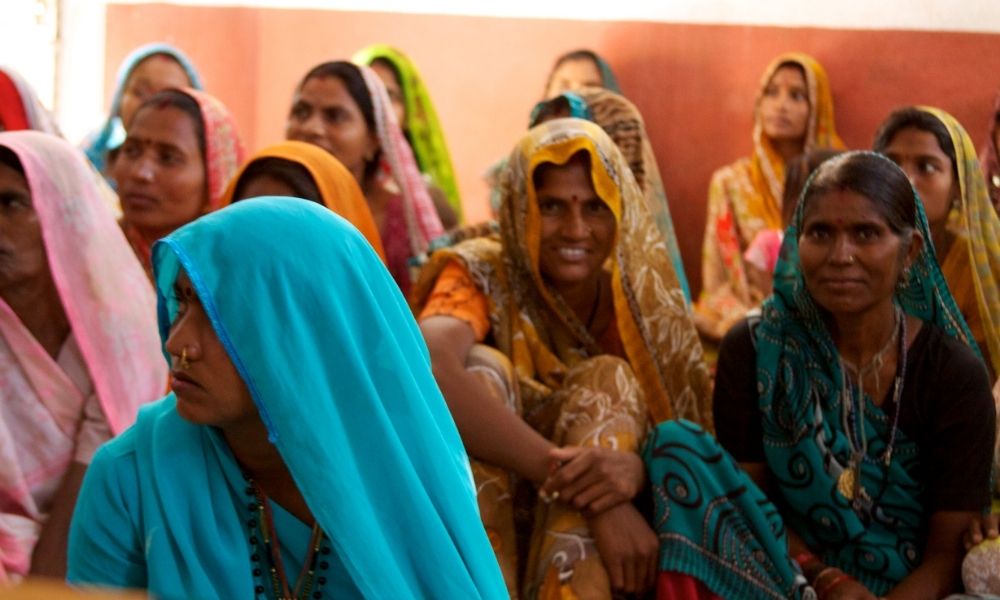
Credits: Wikimedia Commons
How Has COVID Aggravated The Gender Divide Among Lower-Income Groups?
India, 8 July 2021 1:59 PM GMT
Editor : Madhusree Goswami |
A mountain girl trying to make it big in the city. She loves to travel and explore and hence keen on doing on-ground stories. Giving the crux of the matter through her editing skills is her way to pay back the journalism its due credit.
Creatives : Ratika Rana
Her primary objective is to inform, promote, educate and cultivate readers through writing.
With job and salary cuts, women have had to cut down on meals and other essentials like sanitary napkins. Women in households that earn ₹ 10,000 or less in a month saw a decline of 3 to 7 per cent more than that of average women in salary.
The coronavirus pandemic has aggravated the gender divide, especially among the lower-income groups. In the first three months after the first phase of lockdown was lifted, one in every four women struggled to receive their pre-pandemic earnings levels. They could not find paid work, had to cut down on meals and other essentials like sanitary napkins. Until October 2020, nearly 4.3 crore women reported either job or salary cuts, and approximately 1.5 crore of them are still struggling to get back into the workforce. The 2019 Osaka Summit suggested that India had the second-largest gender gap among all G-20 countries. In fact, it is second only to Saudi Arabia.
Women Did More Unpaid Work
Women are considered to be the unrecognised care providers in a majority of households in the country. Chores like cooking, cleaning, providing for children and caring for the old are unpaid activities that are inherently assigned to the female gender. A study by Dalberg, a consulting firm, mentioned that women previously did three times more unpaid work than men, which accounts for 6.5 hours every day. The pandemic further increased this by 30 per cent. There is no contention that women and men contributed more time each day for housework. However, women contributed more, irrespective of their age or marital status.
Marginalised Groups Were Worst Affected
Women in households that earn ₹ 10,000 or less in a month saw a decline of 3 to 7 per cent more than that of average women in salary. Muslim women lost 13 per cent, whereas migrant women lost 10 per cent more than average. These women were more likely to let go of their necessities. While men in rural areas were less likely to lose jobs and highly possible to recover soon, a higher proportion of women in the same geography became unemployed and were not expected to regain their jobs.
In the report by Dalberg, 16 per cent of women said that they could no longer afford pads. Loss of contraceptives, either due to low income or inaccessible healthcare, led to 24 lakh unintended pregnancies in the first six months of the pandemic. The situation is grim, especially for women in rural and those belonging to lower-income households.
Also Read: Shiva Linga Was Not Unveiled In Mecca Madina; Viral Claim Is False
 All section
All section














